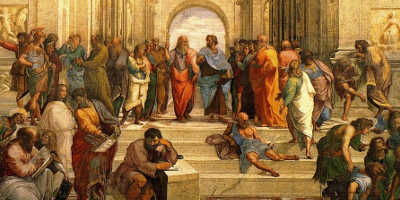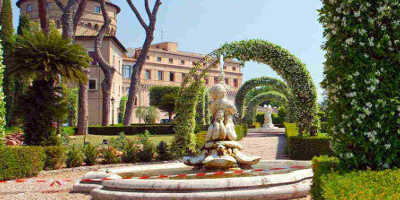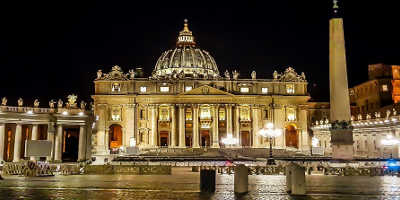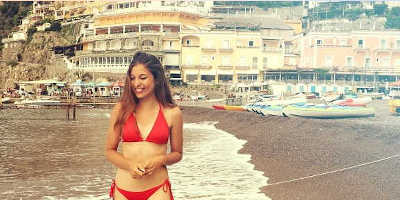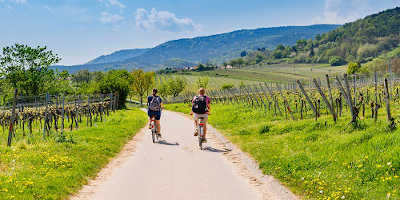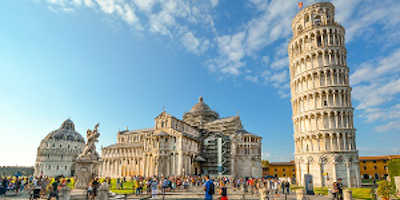What Is The Roman Forum?
Just outside the Vatican’s walls lies the Eternal City of Rome, home to several ancient artefacts, including the Roman Forum. Do you know what it is?
Though exploring Rome’s Vatican City can prove to be an activity that could take months to complete, there is much more that one can do on a tour of the Vatican that takes place outside its walls. One of the very best examples of this is what is known as the Roman Forum, or Forum Romanum.
What is the Roman Forum?
Some may be surprised to find that the sprawl of ruins that lies at the top of Palatine Hill was once the centre of day-to-day life in Ancient Rome. The Forum itself is a rectangular plaza surrounded by the ruins of several important ancient government buildings. The site was originally just a marshy burial ground until it was developed in the 7th century BC, growing over time to become the social, political and commercial hub of the Roman Empire. Some of the events that took place there include elections, public speeches, religious ceremonies, business dealings, buying, trading and more. For such an array of activities, the Forum expanded and developed over time, comprising of numerous buildings to accommodate the demands of the city. Some important buildings to note are; the Senate House, known as the “Curia” which served as the council house for the Roman Senate; the Temple of Saturn, considered one of the earliest temples in Forum, was dedicated to the god of agriculture; the Rostra, a platform which people could stand on to give speeches; and the infamous Temple of Vesta, home to the Vestal Virgins.
What makes the Roman Forum such a keen area of interest for people, is not just how old it is, but its timeline of different eras which is demonstrated through its changing architecture. The Roman Forum was reconstructed many times throughout its existence, and this made way for various forms of architecture from different eras to merge together. Influence from each period can be seen in the design and construction of the buildings. The Romans were influenced by the Greeks in various aspects of life, architecture included, but being advanced engineers the Romans also invented their own design features, such as domes, basilicas, triumphal arches, baths and amphitheatres, as can be seen by structures like the Colosseum and the Arch of Titus. These have influenced many artists, architects and writers throughout history. Italian artist Giambattista Piranesi, for instance, who lived during the 1700s, was known for creating a set of etchings that depicted views of Rome. Famous writer, William Shakespeare also often used ancient Rome as the setting for his plays and other works.
What happened to the Roman Forum?
Having first been developed in the 7th century BCE, time has certainly taken its toll on this ancient attraction. As the Roman Empire fell into despair so did the Forum. Even before this, however, many economic and political events began to take place in more elaborate structures to the north of the Forum. Its last major expansion took place during the reign of Constantine in 312 AD, to a building called the Basilica of Maxentius. But most of the ancient buildings and sites in the Roman Forum were destroyed in 410 AD, around the same time as the Empire began to collapse. As the district fell into disrepair, the site came to be neglected and overgrown. People plundered it for other, more important constructions. And shockingly, during the Middle Ages, it was reduced even further to a pasture for grazing animals, becoming known as “Campo Vaccino”, or in other words “cattle field”. What’s left behind is a mere skeleton of what this area once was, and yet, it is still one of the most impressive sites in the world. There are countless experiences to be had in the Roman Forum, even to this day.
The Forum was excavated in 1803 by archaeologist Carlo Fea, but took over 100 years to be fully cleared because of the ruins being built on top of earlier ruins. As a result, the remains from several centuries can be found in the Forum. It is home to the likes of the Tempio di Antonino e Fuastina, the temple was built in 141 CE, or the Basilica Fulvia Aemilia, a 100m long public hall that was built in 179 BCE. The district’s main thoroughfare is known as the Via Sacra, and will provide you access to all of the surrounding attractions. You will even be able to visit the Tempio di Guilio Cesare, which marks the spot where Julius Caesar himself was cremated.
The Roman Forum is sometimes overlooked by tourists, but if you’re on a tour of the Vatican City, be sure to set some time aside to visit this exceptional historical destination. The ruins may hold many mysteries, but they also offer unprecedented insight into Roman civilisation.


